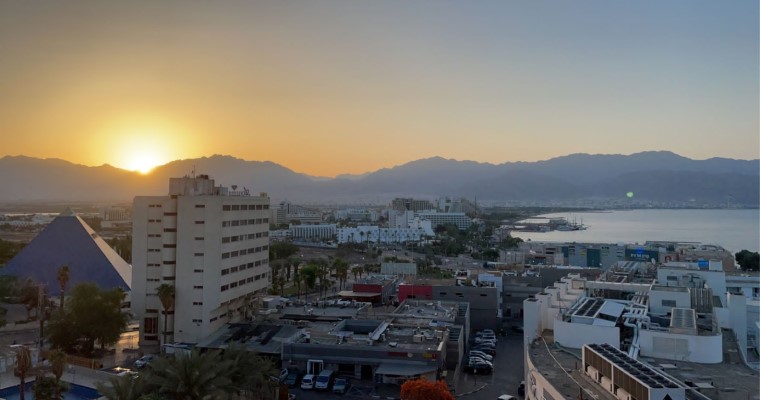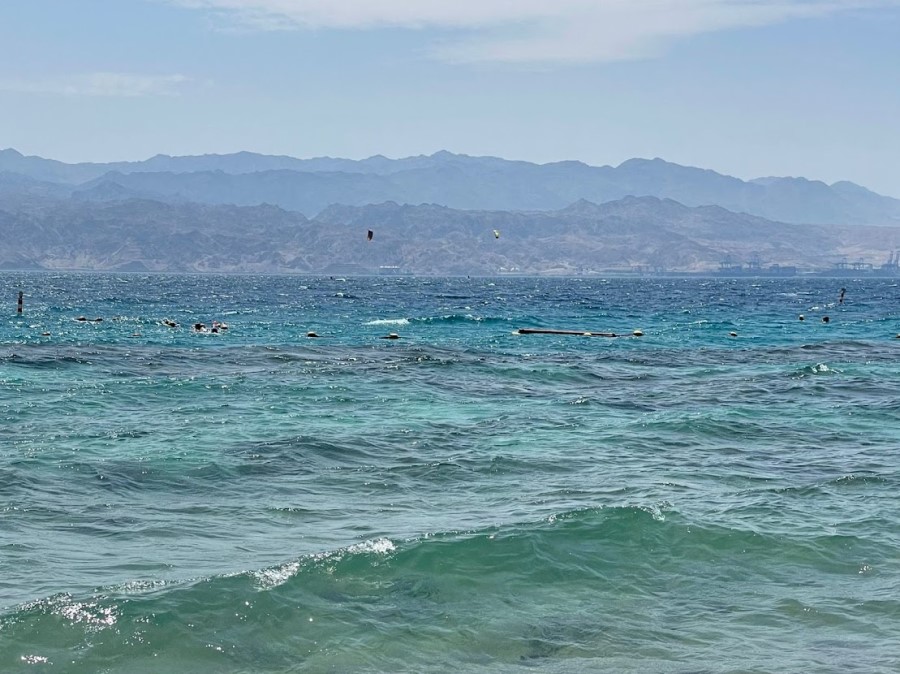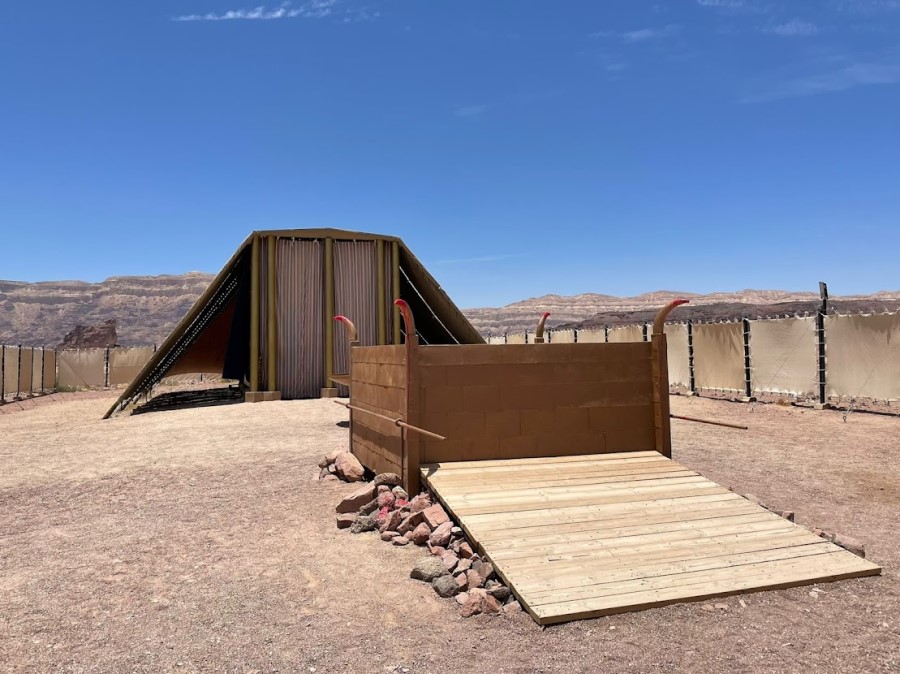Shalom!
Today we traveled north back out of the southern wilderness and through the Negev to spend the night at a hostel near Masada (you can guess what we’re doing tomorrow morning). Our day was bracketed by two very different water experiences. Here are a few highlights:
As the morning temperature in Eilat (ancient Eloth) was already rising into the 80s, we stopped to go snorkeling at Coral Beach on the edge of the Red Sea. The Bible mentions the Red Sea a few different times (e.g. 1 Ki 9:26), though some of the instances are better understood as “Reed Sea” (a different sea no longer in existence today, e.g. Ex 13:18). King Solomon’s hegemony extended down to the Red Sea, and he used the southern ports of Eloth and Ezion-Geber to engage in trade (2 Chr 8:17-18). On the Coral Beach snorkeling swim, I got to see some clown fish, angel fish, and a beautiful rainbow fish, but I also nicked my foot on a piece of coral (an injury which came back to bite me later in the day!).
While driving back up north through rocky desert-wilderness, we stopped at Timna Park in the Timna Valley (not to be confused with Samson’s Timnah in the Sorek Valley, Judges 14:1). Timna was important as an ancient copper mine and probably was already used by Judah in Solomon’s day; Dr. G walked us through the copper mining and production process. But the more important reason we stopped at Timna was for the replica of Israel’s tabernacle; a Christian organization built a to-scale version of the tabernacle reflecting the requirements given by God to Moses (Ex 25:9). After walking through the replica, it dawned on me how small the tabernacle and its court really were as well as how the ancient menorah I’ve always imagined is incorrect (the menorah didn’t have candles but oil lamps as candles apparently did not come into use until around 500 BC by the Romans). I also was reminded that the ark of the covenant never contained God’s presence; rather, God in grace chose to dwell and meet with his people at the ark above the golden cherubim (Ex 25:22).
Our last stop before reaching our final destination for the day was a public beach at Ein Bokek on the western side of the Dead Sea. The shores of the Dead Sea are the lowest land elevation on earth (about 1412 feet below sea level). Called “the Salt Sea” in the Bible (e.g. Dt 3:17), the Dead Sea’s waters are so solute-rich that people automatically float in the water. Undoubtedly, the Dead Sea’s ancient and current form has something to do with God’s judgment on Sodom and Gomorrah in Genesis 19:24-26 (cf. Gen 13:10). I found floating in the waters of the Dead Sea warm and relaxing, though one has to take care with all the hardened salt crystals on the seafloor. Of course, the salty water can also make any recent cuts you’ve experienced sting a little (ouch!).




